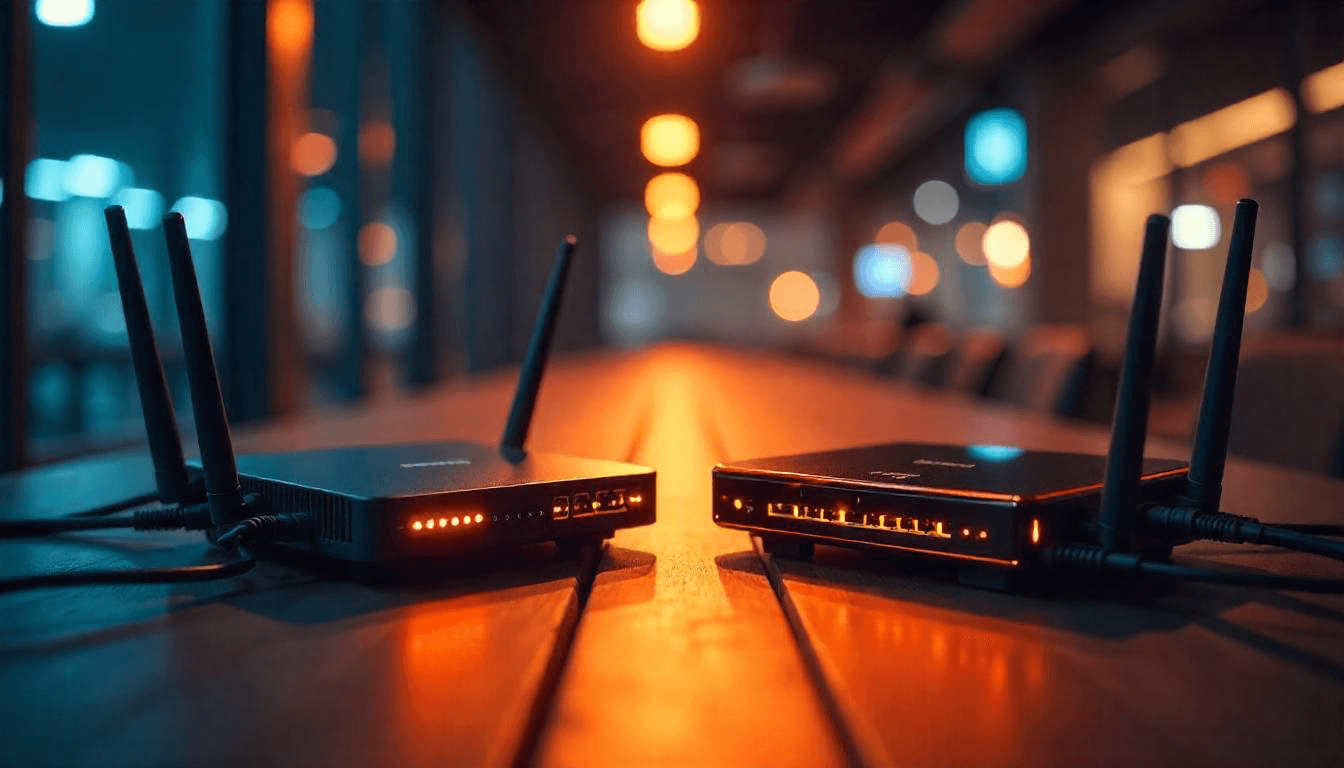Introduction
A secure business network is essential. Without proper security, cyber threats can disrupt operations. Moreover, hackers can steal sensitive data. Therefore, setting up a strong defense is crucial. This guide will show you how.
1. Choose the Right Hardware
First, invest in business-grade routers and firewalls. Unlike home routers, these offer better security. Also, they come with advanced features like VPN support and intrusion prevention. In addition, ensure that your network devices support Wi-Fi 6 or higher. This improves both security and speed.
Recommended Devices:
- Firewall: Ubiquiti UniFi Security Gateway, Fortinet FortiGate
- Router: TP-Link Omada, Cisco RV340
- Access Points: UniFi U6-Pro, Aruba Instant On
2. Enable Strong Authentication
Weak passwords invite hackers. Instead, create long, unique passwords for every device. Furthermore, enable multi-factor authentication (MFA). This adds an extra layer of security. For example, use an app like Google Authenticatoror Microsoft Authenticator.
Best Practices:
- Use a password manager (e.g., Bitwarden, 1Password)
- Require MFA for network login
- Change default router passwords
3. Segment Your Network
A flat network is a security risk. Consequently, hackers can move freely between devices. To prevent this, use VLANs (Virtual Local Area Networks). These separate employees, guests, and IoT devices. As a result, sensitive data remains protected.
How to Set Up VLANs:
- Create a guest network for visitors
- Separate IoT devices from business systems
- Assign unique VLANs to different departments
4. Use a Business VPN
Public Wi-Fi is dangerous. Therefore, always encrypt remote connections. A business VPN (Virtual Private Network)protects sensitive data. Moreover, it allows employees to safely access company resources. Popular VPN options include NordLayer, Perimeter 81, and OpenVPN.
Benefits of a VPN:
- Encrypts all internet traffic
- Prevents man-in-the-middle attacks
- Allows secure remote work
5. Regularly Update Software
Hackers exploit outdated systems. Because of this, software updates are critical. Security patches fix vulnerabilities. Additionally, updates improve performance. Enable automatic updates whenever possible.
What to Update:
- Routers and Firewalls – Always use the latest firmware
- Operating Systems – Windows, macOS, Linux
- Business Applications – Email clients, accounting software
6. Monitor Network Activity
Cyber threats can go unnoticed. However, network monitoring tools detect unusual activity. These tools provide real-time alerts and prevent breaches. Moreover, they help track bandwidth usage.
Recommended Monitoring Tools:
- UniFi Network Controller (for Ubiquiti networks)
- Pfsense (for firewall monitoring)
- SolarWinds Network Performance Monitor
7. Educate Employees
Most cyberattacks start with human error. Because of this, employee training is essential. Teach staff about phishing scams, password security, and safe browsing. Additionally, conduct regular security awareness sessions.
Key Training Topics:
- Recognizing phishing emails
- Using secure passwords
- Avoiding unsecured websites
Final Thoughts
Network security is not optional. Instead, it is a business necessity. By following these steps, you create a strong, secure foundation. Most importantly, staying proactive prevents costly cyberattacks.
Would you like more security tips? Let us know in the comments! 🚀
Explore HrWason’s blog for expert advice on web development, SEO strategies, digital marketing trends, and the latest in technology, networking, and custom gaming PCs. Stay ahead with tips for building impactful websites and enhancing your online presence.
Designed and Developed by HrWason





One thought on “How to Set Up a Secure Business Network | Updated”